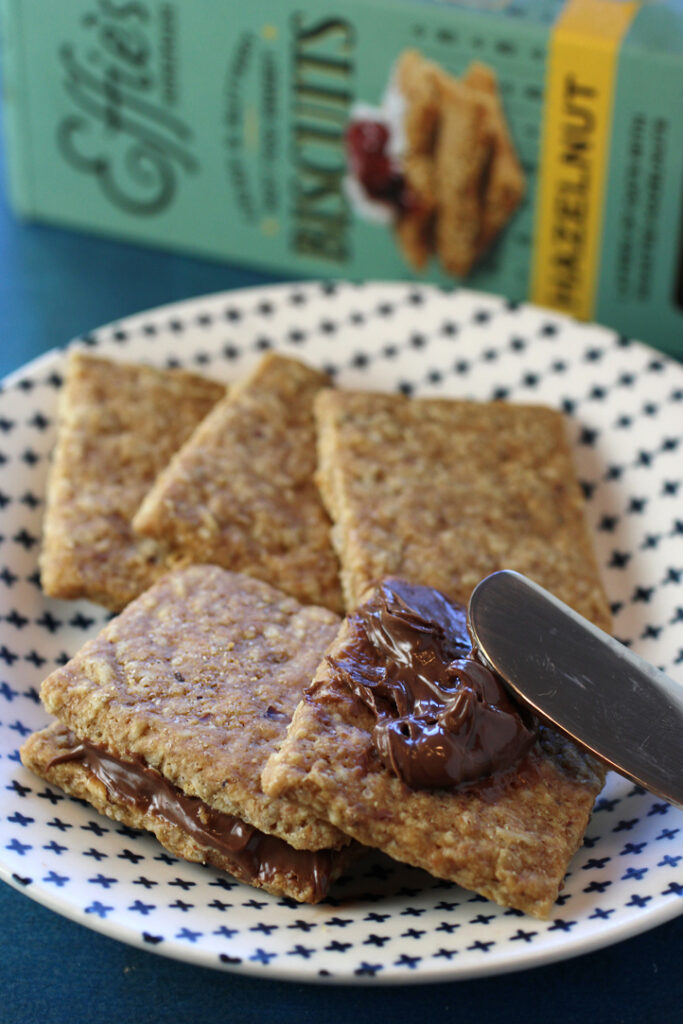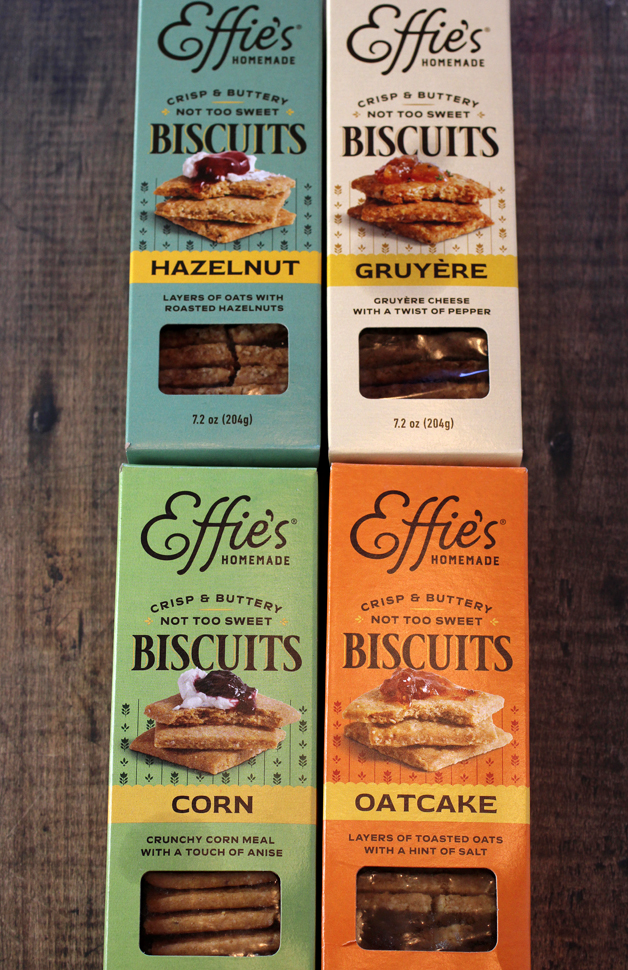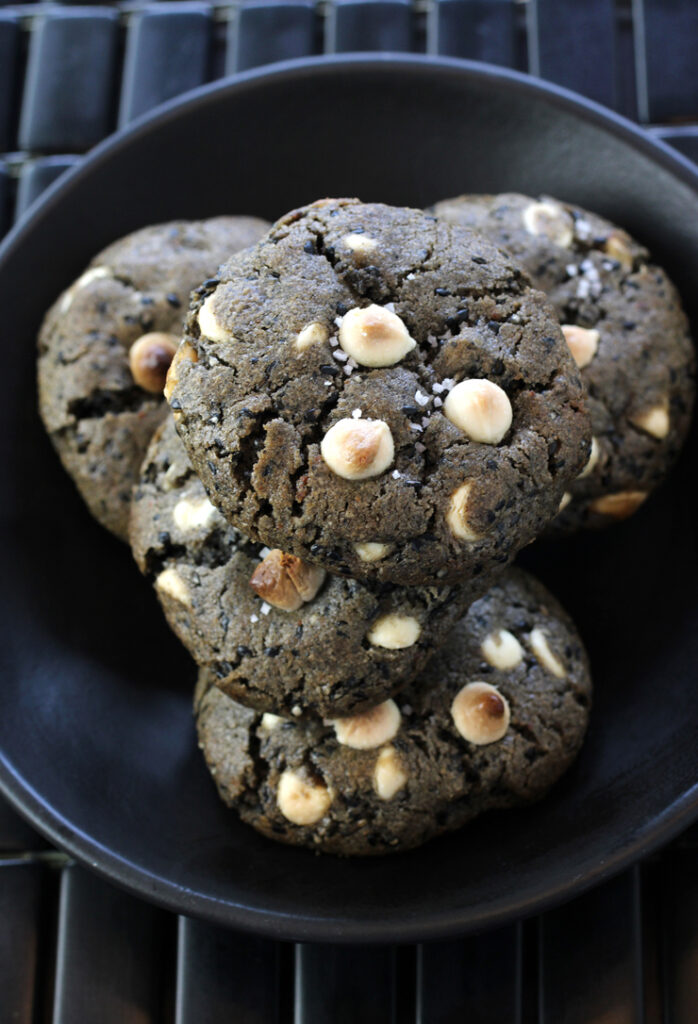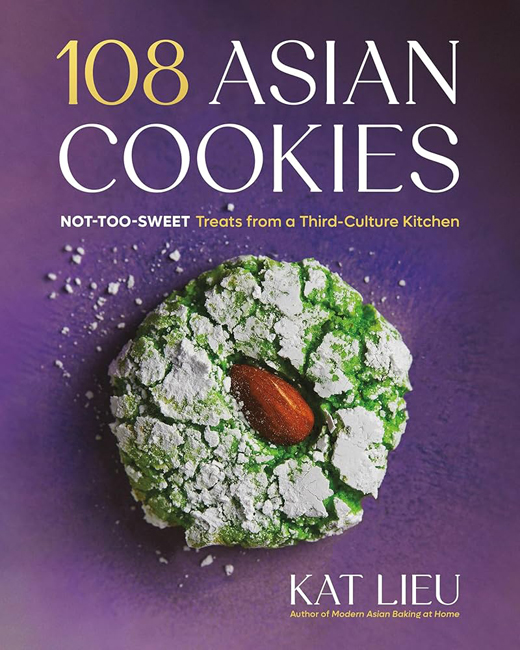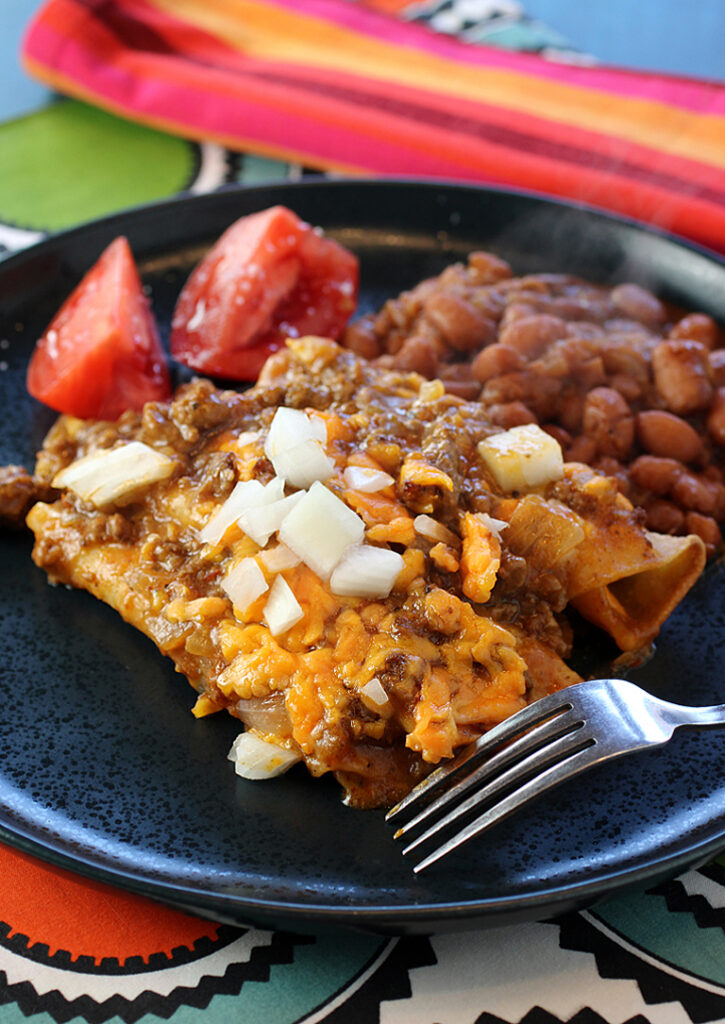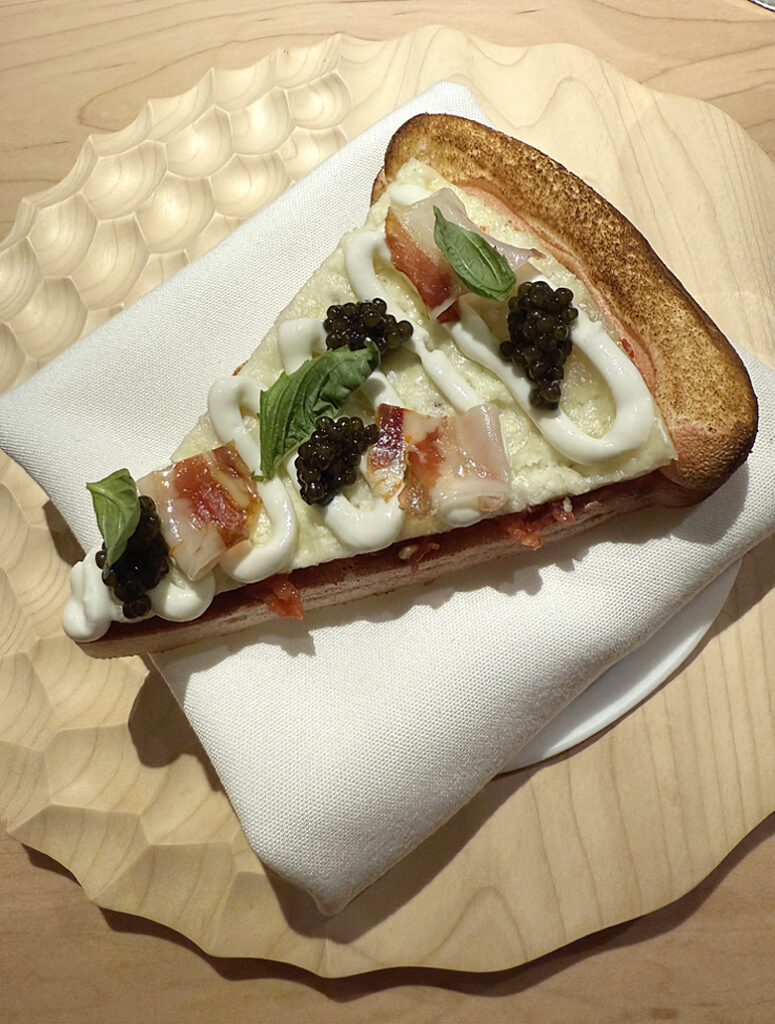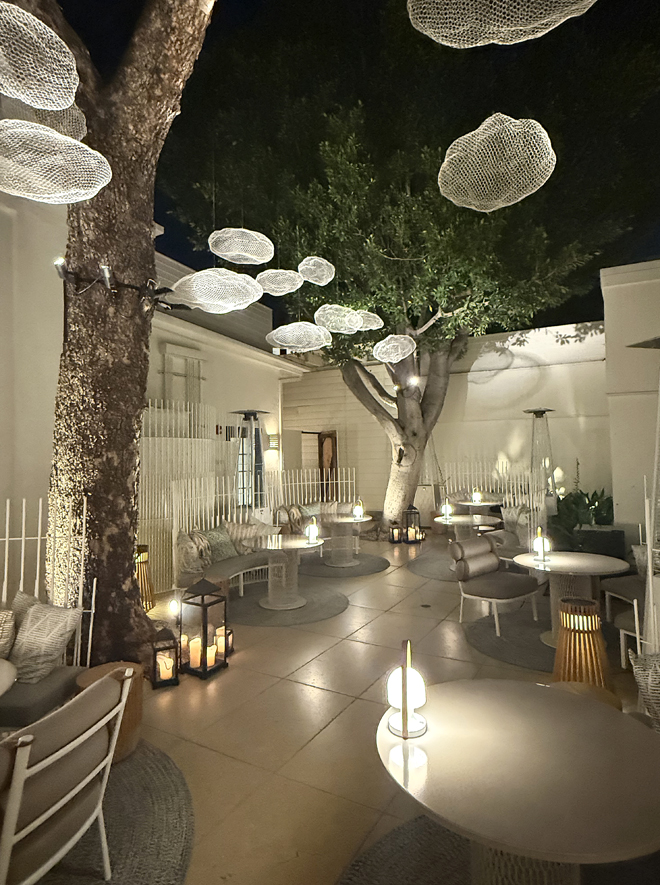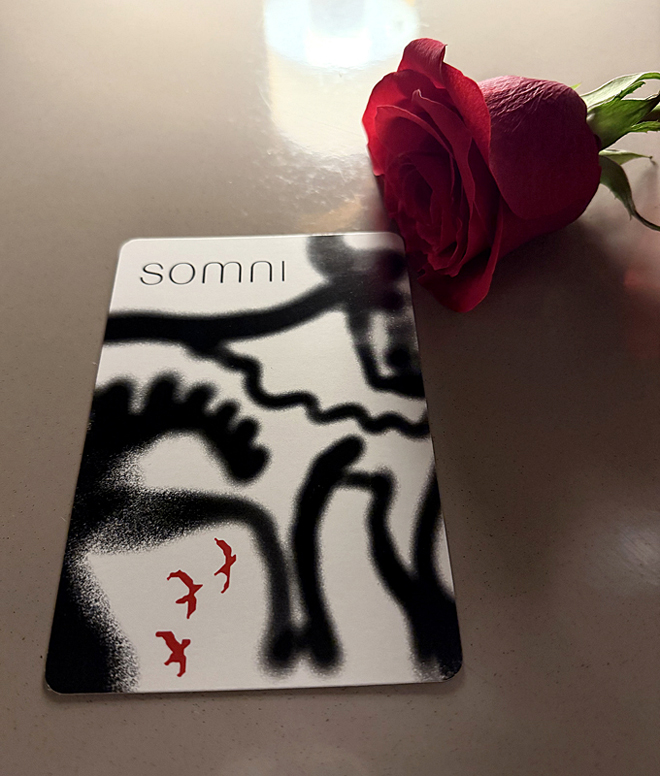Korean Spicy Braised Tofu — In Minutes
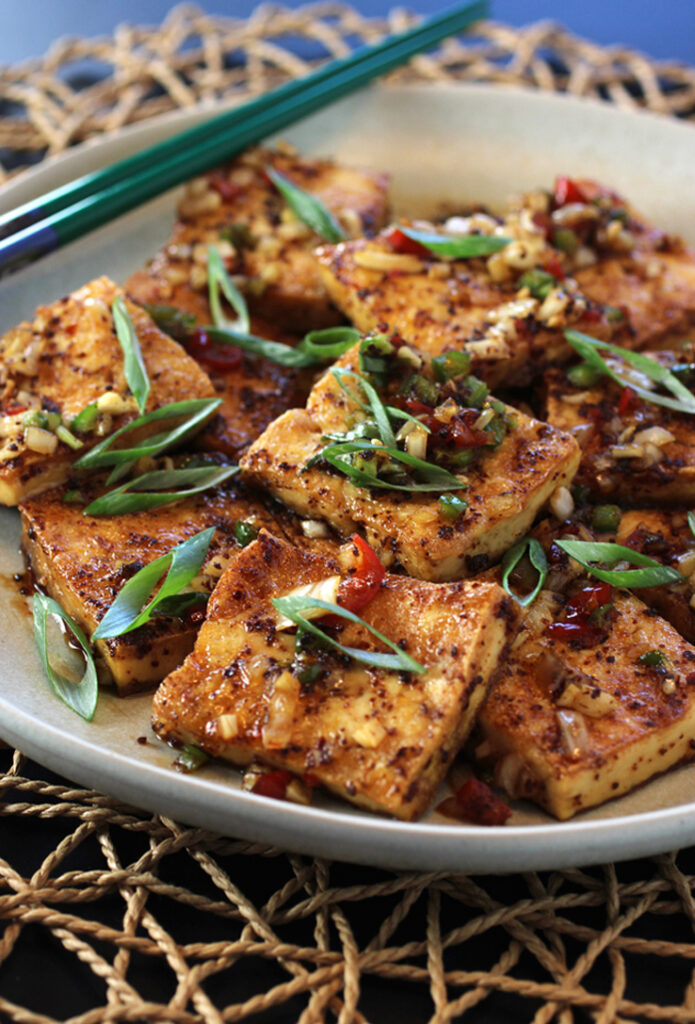
Like many people, I often have a love-hate relationship with ingredients new to me — and the recipes that require them.
The loathing comes, albeit halfheartedly, when I realize that getting my hands on them requires an extra trip to a specialty grocery store or a search online to find a source.
The adoration comes when I unexpectedly discover a product that not only delights, but opens up a whole new world of new possibilities to me.
That was the case with maesil cheong or Korean plum extract syrup.
Made by fermenting unripe green plums with sugar, it’s used in Korean marinades, sauces and drinks. It’s even thought to aid digestion and combat fatigue.
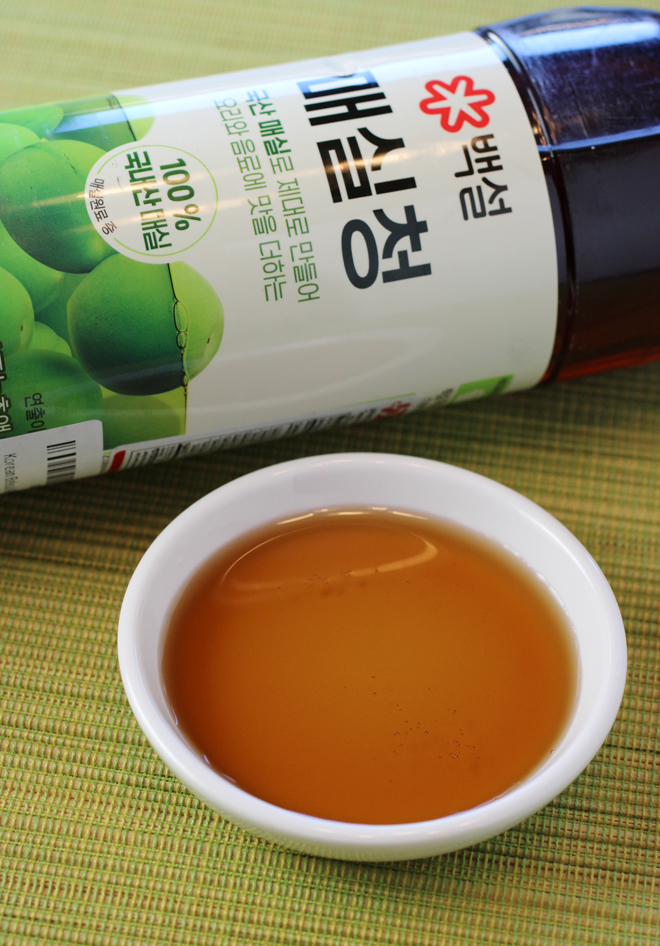
It’s slightly viscous, sweet, floral, and a little tart. It reminds me of Japanese ume plum, of which I already can’t get enough. I’m already thinking how fantastic a splash would be in a cocktail or iced tea or a glass of club soda.
Read more
